This solar paint will turn your house into a power station.
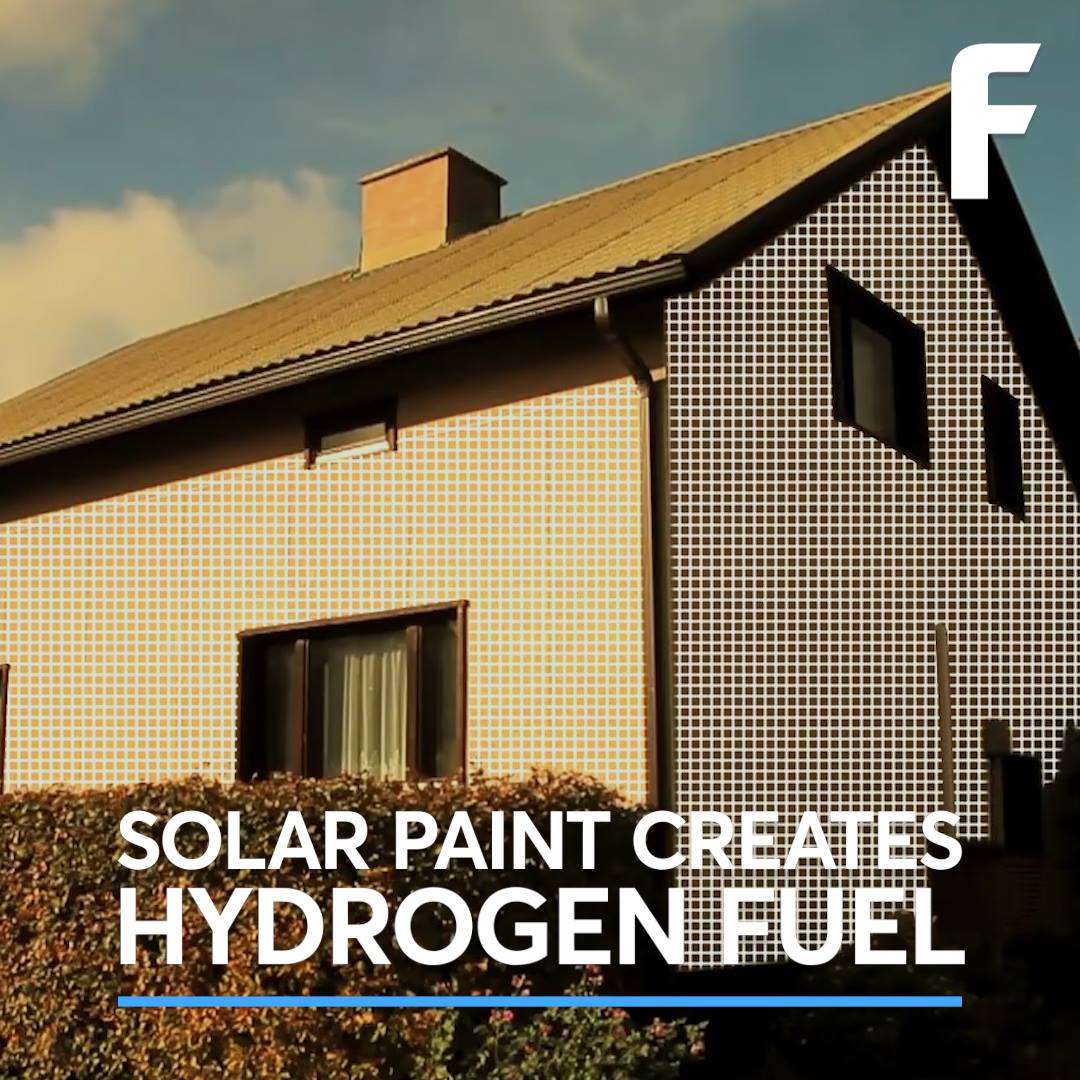

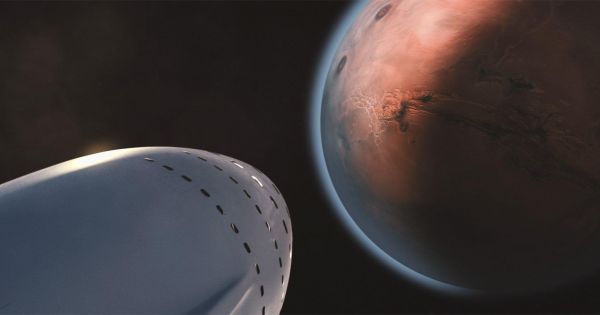
They say everything’s sweeter the second time around, and that seems to be the case for SpaceX’s plans to colonize Mars. Last year, Musk unveiled his plans to colonize the Red Planet and make it fit for human habitation. Now, that version of the plan has been published and made available for free— with a few notable updates.
In the paper, the focus is on affordability, as that is the primary factor in making life on Mars a reality. As Musk notes, “You cannot create a self-sustaining civilization if the ticket price is $10 billion per person.” In order for it to be viable, Musk asserts that the cost should be about $200,000—equivalent to the median price of a house in the United States. In the paper, Musk outlines the steps he considers essential to ensuring this relative affordability.
But this is just the beginning. Musk posted a tweet today hinting that this version one is already being reviewed…and version 2 is on its way.
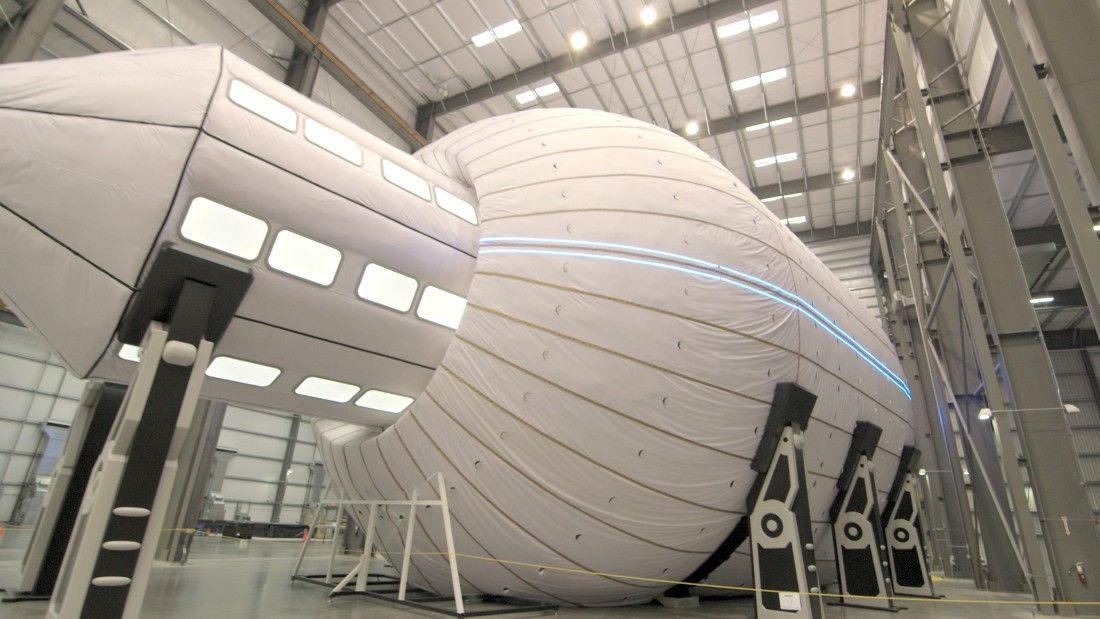

If he can deliver on the cheaper than a regular roof, and forever warranty, and have the warranty transfer to a new home owner in a sale, then these would really catch on.
Last night, Elon Musk announced that Tesla’s solar roofs would be on sale starting today. At the time, he also stated that more information on the panels was forthcoming. Now, he has unveiled key details about Tesla’s “infinity warranty.”
Last night, Elon Musk announced via Twitter that orders would begin today (May 10th, 2017) for his revolutionary solar roof hardware. In another tweet, he promised that ordering would be available in most countries throughout the world. He also clarified that people could expect to see delivery begin in the United States in late 2017, and that deliveries would roll out sometime next year for overseas locations.
But another announcement just came in that’s even more revolutionary: The solar roofs will have an infinity warranty.

Ontario will provide residents in Hamilton, Thunder Bay and Lindsay with free income, part of the government’s plan to test whether the extra funds will help improve their job prospects and quality of life.
The idea is to give the province’s working poor, unemployed and homeless residents an income to pay for their basic needs of food and housing.
About 4,000 recipients will be randomly chosen from the three regions. One group will start receiving the so-called basic income as soon as this summer, and the remainder will be part of the control group, which will not receive any payments, according to a provincial spokesman. A single person could receive up to $16,989 per year. A couple could get up to $24,027 annually.
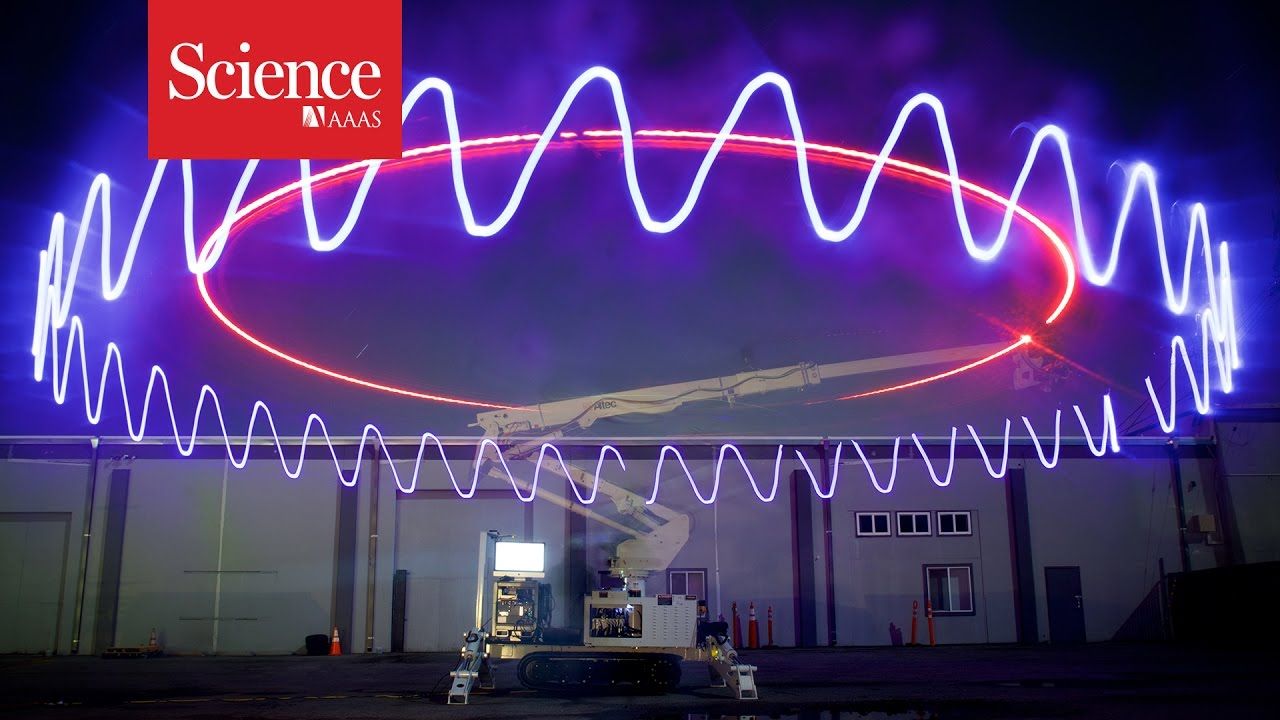
Researchers at the Massachusetts Institute of Technology have created a double-armed, laser-guided robot that can basically 3D print a 50-foot-wide house in less than 14 hours with almost no human intervention. The Digital Construction Platform, described today in Science Robotics, consists of a large hydraulic arm mounted on a platform with motorized treads, plus a smaller electric-powered arm for finer movements. The MIT team programmed the solar-powered machine to spray out foam construction material, layer by layer, to form a 12-foot-high, igloo-like structure big enough to house a family. The researchers hope such robots could someday be sent to the moon, Mars or Antarctica to build “print-in-place” habitats from the materials at hand … or at manipulator.

What if doctors could monitor patients at home with the same degree of accuracy they’d get during a stay at the hospital? Bioelectronics innovator Todd Coleman shares his quest to develop wearable, flexible electronic health monitoring patches that promise to revolutionize healthcare and make medicine less invasive.
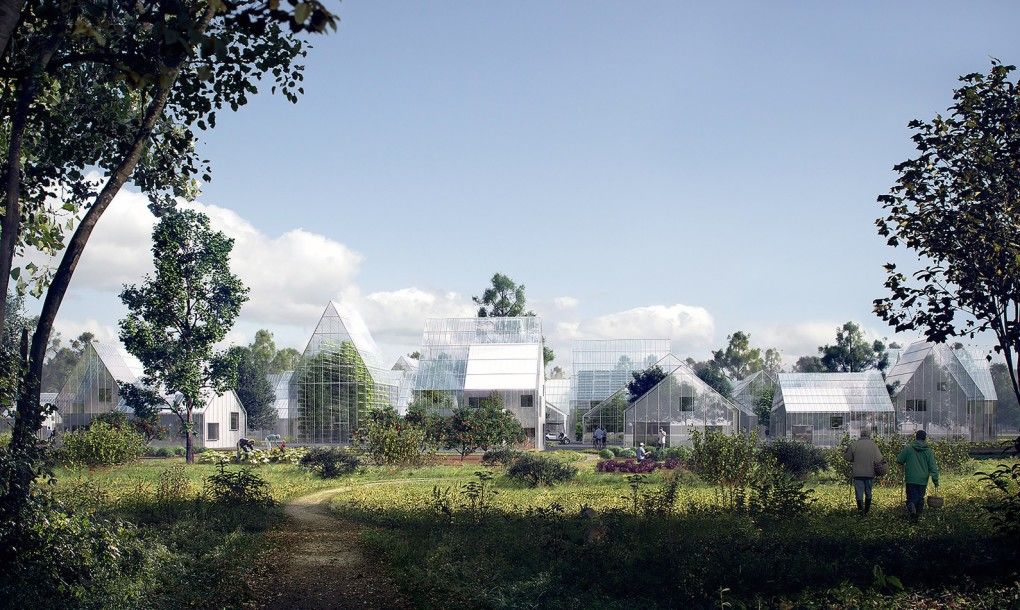
Off-grid housing that actually works for families is hard to come by, but that’s what ReGen Villages is striving towards with their concept for new self-sustaining communities.
The startup real estate company has a dream to create regenerative communities that not only produce their own food but also generate their own power, meaning what’s usually only possible for rural areas with renewable energy sources would be a reality for people that want these luxuries while having close neighbors.
This idea is more than just a dream, however, as the development company has its sights on their first site in Almere, Netherlands with the goal of opening it in 2018.
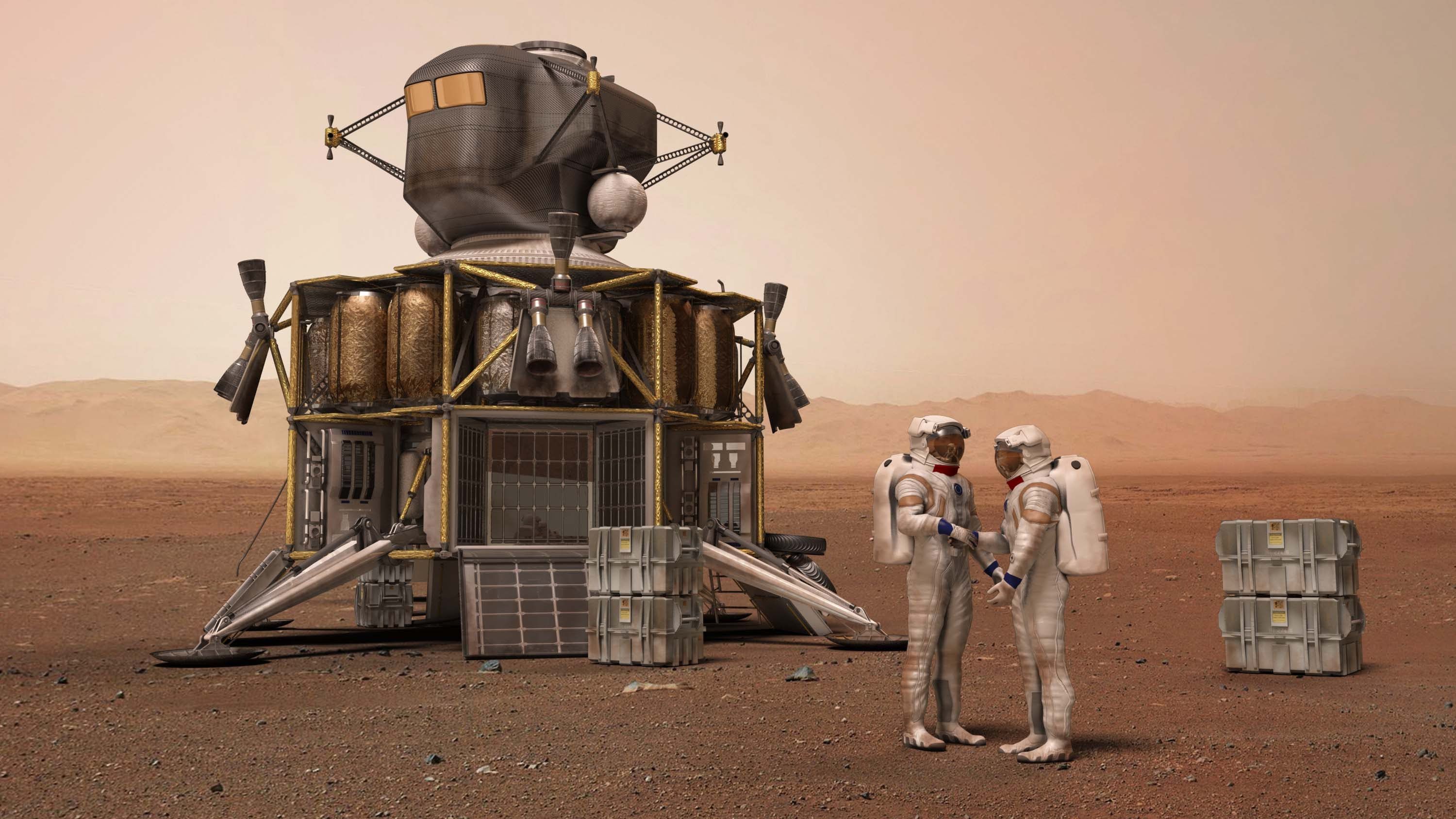
Boeing, the world’s second-largest defense firm, has detailed the hardware it thinks humanity will need to stage a piloted mission to Mars — and outlined plans for lunar bases, which will serve as a jumping off point for deep space missions, and assist in exploration of the Moon.
Boeing, and five other companies, are already collaborating with NASA to develop the Space Launch System (SLS), which it is hoped will power a trip to Mars. Now, the firm has offered up conceptual designs for other accessories it will be useful for the mission, and a more general vision of how it could be achieved — and made easier on repeat visits. Of particular note are a deep space habitat design, and transport vehicle.

Sometimes people bring up overpopulation scenarios where the population can fit inside Texas. But they ask, what about all the stuff that supports that population? Here is one answer.
Located in an abandoned 70,000-square-foot factory in Newark, New Jersey, the world’s largest vertical farm aims to produce 2,000,000 pounds of food per year. This AeroFarms operation is also set up to use 95% less water than open fields, with yields 75 times higher per square foot. Their stacked, high-efficiency aeroponics system needs no sunlight, soil or pesticides. The farm’s proximity to New York City means lower transportation costs and fresher goods to a local market. It also means new jobs for a former industrial district.
Around the world, urban farms are sprouting up at the intersection of new growing technologies and localvore movements. They vary in scale and focus, but their goals are generally similar: produce fruits and vegetables in more efficient, cheaper and greener ways. Growing in controlled environments also reduces environmental variables, like pests, weather and even seasons (allowing for more predictable year-round yields). Factory farm tenants can also take over and adaptively reuse structures in depressed areas with disused industrial building stock, creating employment opportunities in the process.
In a way, these endeavors are a natural extension of long-standing trends in farming. Small farms gave way to large farms, but the latter still involved open fields and variable environments. Urban farms take things to the next level, making the farm-to-table distance shorter, controlling conditions and further optimizing around available space.